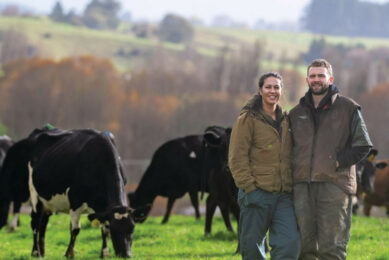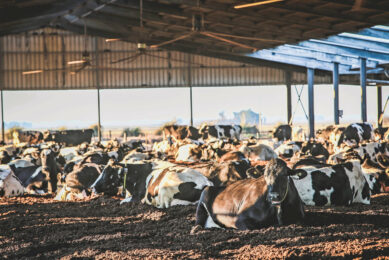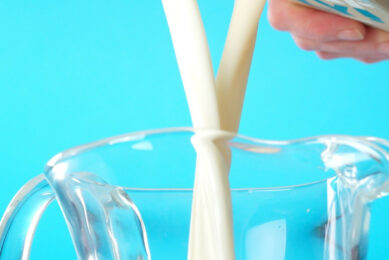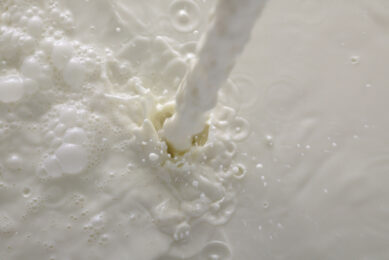First robotic rotary makes big impression on Australian dairy
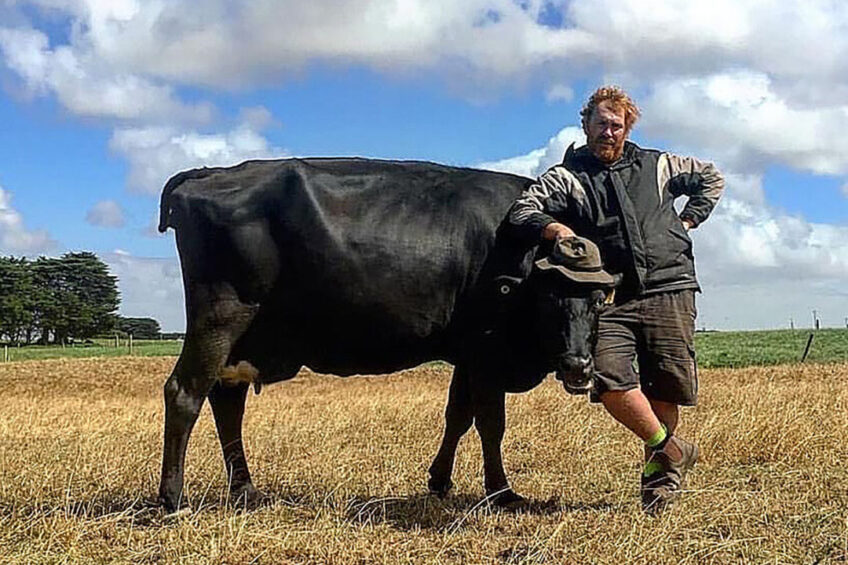
New technology in the form of a fully robotic rotary parlour is making light work of milking 750 cows twice a day on a farm in Australia.
From spending hours manually milking his large herd, Paul Smith says the new unit has totally transformed his farm as he just ‘babysits’ the technology now. Smith’s farm is at Mepunga on the Great Ocean Road in southwest Victoria, and he has been working there for over 30 years since he left school at 15 to work for his father. Smith and his wife, Marsha, took over the running of the farm 10 years ago, leasing it from his parents.
Smith says: “We are currently milking around 750 cows, 90% of which are Holsteins, twice a day on a full pasture-based system. The cows are producing around 8,000 litres on a 300-day lactation and about 600 kg total milk solids.”
Cow breeding
Hunting through various genetics company websites looking for the best bulls to use does not list highly on Smith’s agenda. In fact, if the genetic traits boost walking and eating, then it’s a goer.
“I do not get into cow genetics at all, as I have very little interest in it. As far as I’m concerned, I need cows with strong feet and legs as we walk our cows up to 5 km each way a day,” he says. “They need a big wide mouth to shovel as much grass in as they can. These are the traits my father believed in, and I believe they have served us well. I think if you build a strong chassis, that vehicle will last you a long time, although one thing I am asking for now is more robot-ready udders.”
The cows are pasture-based and remain outdoors in a single milking group all year long. There are 2 additional full-time staff on the farm, and Smith carries out all of the AI himself.
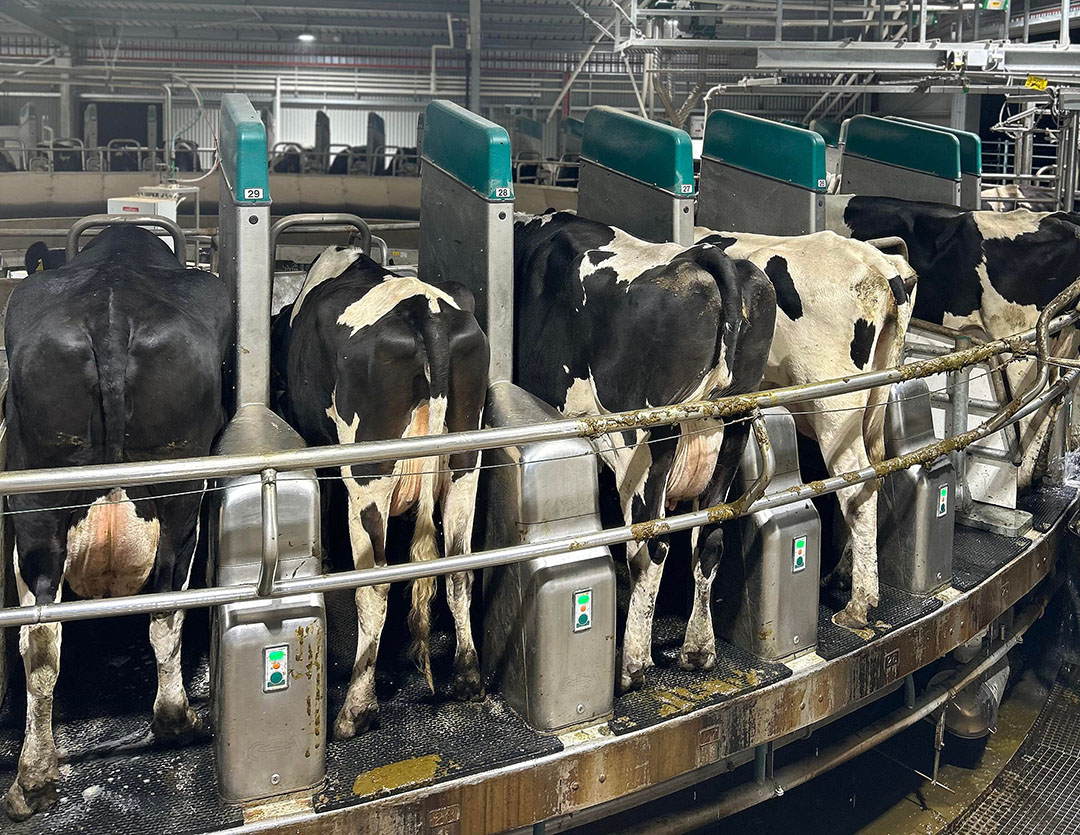
Dairy cow feed
“Our main feed is grass in the field,” he said. “Grass is our cheapest and best feed. We also feed a ration in the dairy on the platform, which is a mixture of crushed barley, corn and canola, along with some mineral supplements.
“When the cows are milked, they walk out of the dairy straight into a large feed pad where there will be up to 40 sliced bales of pasture silage to snack on. After that, they head off to the paddock.
“I carry out all the AI myself starting at the beginning of April for 6 weeks; then we run bulls for another 6 weeks. Then, for any cow we didn’t get in calf, we do a 6-week joining in mid-November as a second chance and to give us some fresh cows over the summer when I’m running at low numbers.
“I have 2 full-time employees. Craig has been here for about 30 years, and Eric about 4. We have also been using backpackers for relief milking over the last 6 years, but with the installation of the new dairy, we may not be needing that anymore.”
Smith’s milk is bought by Coles supermarket and has been achieving record prices at about AUS$10 per kg of milk solids or AUS$0.70 per litre, but like everywhere else, the costs have risen as well.
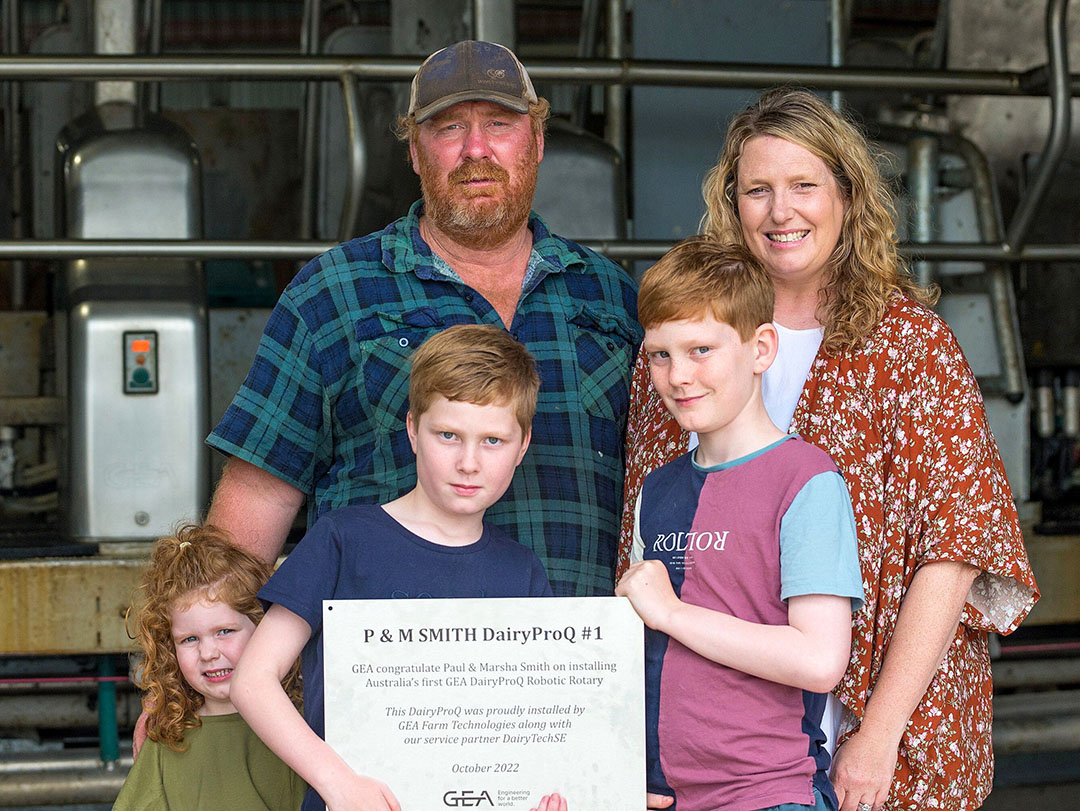
Milking system
With so many cows to milk, taking up a lot of time, Smith decided to invest in a new state-of-the-art milking system. Previously, he operated a 50-cow rotary parlour that had been installed in 1998 and milked the cows manually.
“Last October (2022), we installed a GEA Dairy Pro Q, which is a fully robotic rotary dairy. It is the first of its kind in the southern hemisphere. Our system incorporates 40 GEA milking robots on it, with room to install another 10 if needed. It is working fantastically well, and we are extremely happy with it,” Smith says.
“There are about 60 of these systems in use worldwide now, but this one is the only one on a full-time batch milking pasture-based system. In reality, it is just a normal rotary dairy with the added benefit of robot technology.
“We have gone from manually milking 750 cows twice a day to a machine that does it for you. Plus, you get all the data that robot technology can provide to you. It will comfortably milk over 200 cows per hour and take all the labour and stress away with it.”
Smith has no plans to expand his operation in the future. Instead, he wants to fine-tune his system to allow him more time with family.
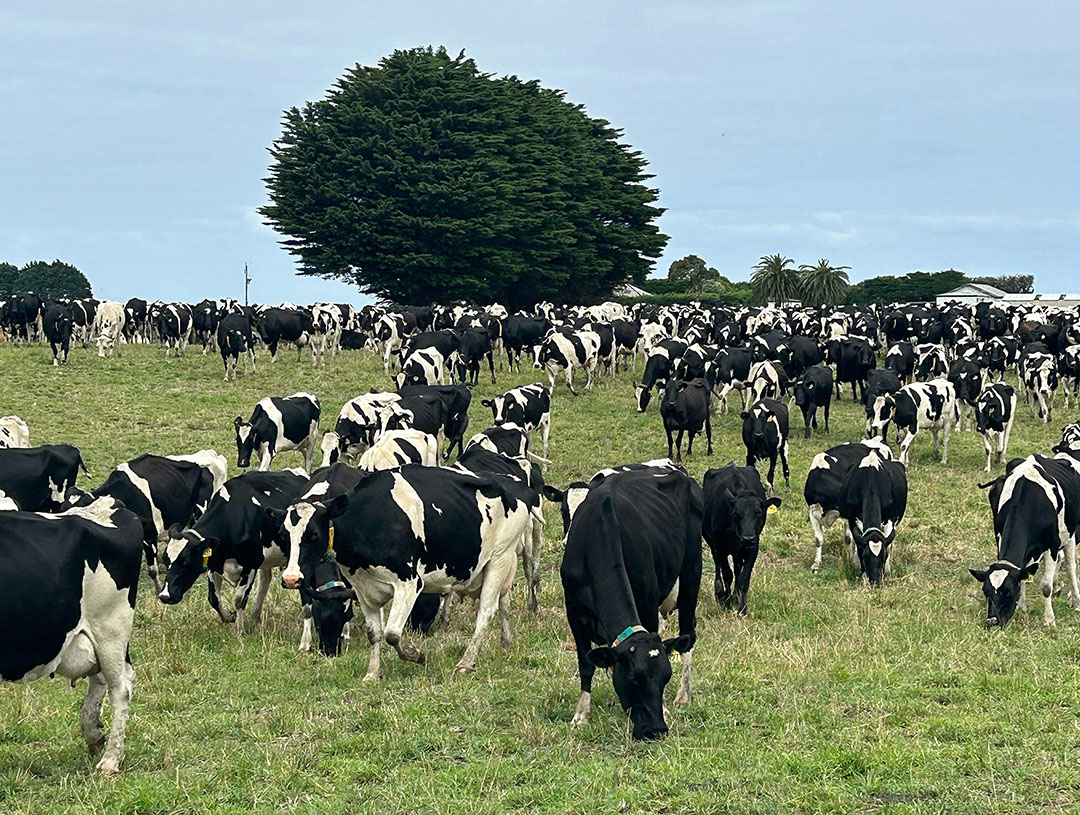
Labour hard to find
As for the problems associated with milking cows in Australia, Smith admitted it’s the labour that is crippling the industry.
“Although we have excellent long-term employees, dairy farmers here find it almost impossible to find local labour as the younger generation aren’t interested in manual labour jobs anymore,” Smith states.
“I think that is why we may have to think of making the dairy industry more attractive in the future. Things like milking robots and smarter machinery may be the only way to attract the younger generation back to our farms.”



